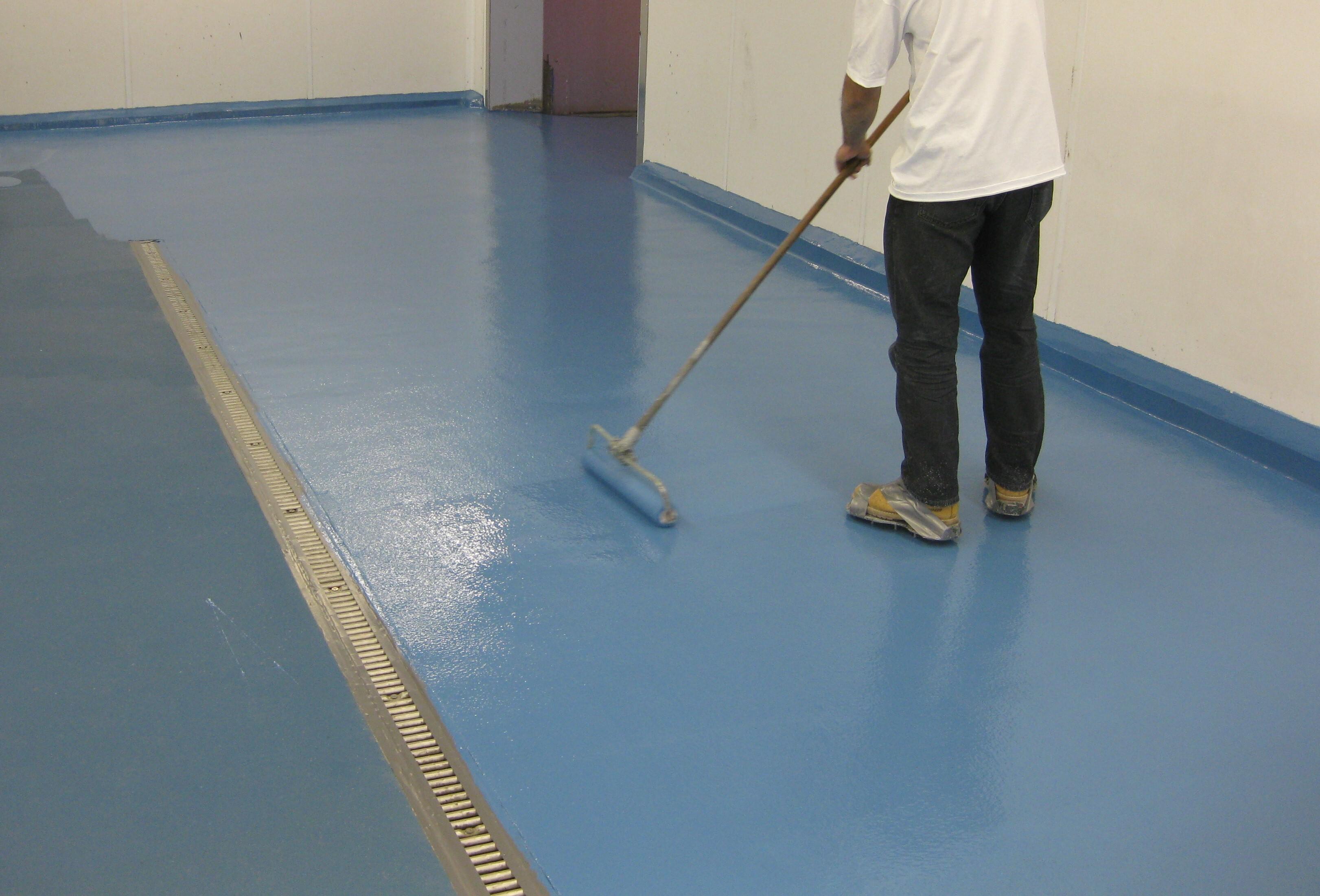Urethane Cement for Industrial and Commercial Spaces
Opening Thoughts
In fish processing facilities, the floors are exposed to extreme conditions such as moisture, fluctuating temperatures, heavy foot traffic, and substances like oils and fats and urethane cement flooring is needed to protect these surfaces. Urethane cement can be used in commercial and industrial spaces such as factories, government facilities, resturaunts and food or beverage manufacturing facilities. The application of MORTARTHANE™ SL, a high-performance urethane cement resurfacer, is essential for creating a durable, non-slip surface that meets hygiene and safety standards.
What is Urethane Cement?
Urethane cement (also called polyurethane cement, urethane mortar, or cementitious urethane flooring) is a hybrid flooring and surface-repair material made by combining a urethane (polymer) binder with Portland cement and aggregate to produce a seamless, monolithic coating that bonds tightly to concrete substrates. It is engineered for thermal shock resistance, chemical resistance, moisture tolerance, and high durability in industrial environments (e.g. food processing plants, commercial kitchens, cold storage, chemical plants). Urethane cement resists cracking under extreme temperature swings, stands up to acids, alkalis, oils and heavy traffic, and can even be applied to “green” or slightly damp concrete.
Why Urethane Cement is Ideal for Fish Processing Facilities
- Moisture Resistance
Urethane cement is perfect for environments with high moisture exposure, preventing damage from water. - Chemical Resistance
Morarthane™ SL resists oils, acids, and detergents, all common in food processing areas. - Durability
The coating can withstand heavy foot traffic, equipment impacts, and frequent cleaning without cracking or chipping. - Non-Slip Surface
Safety is critical in wet conditions, and MORTARTHANE™ SL offers a non-slip surface, reducing the risk of accidents. - Temperature Stability
The coating maintains its integrity even in facilities with temperature fluctuations.
Why Use Urethane Instead of Epoxy?


Applying Morarthane™ TC for Optimal Results
Proper surface preparation is crucial for successful application. Once the floor is cleaned and prepped, apply Morarthane™ TC evenly, ensuring full coverage. Allow it to cure thoroughly before use.
Using Morarthane™ TC in fish processing facilities ensures floors stay safe, hygienic, and durable, providing long-term protection against the challenging environment. Protect your floors with this resilient solution and keep your facility running smoothly!
FAQS for Urethane Cement
FAQ 1: Can you paint over urethane?
Yes, you can paint over cured urethane, but for best adhesion, you should sand the surface lightly and use a high-adhesion primer before applying a compatible paint over urethane-coated surfaces.
FAQ 2: What is urethane cement material?
Urethane cement is a heavy-duty, industrial-grade flooring system made from a blend of urethane resin and cement powder, designed for high-performance applications in commercial kitchens, food processing plants, and chemical manufacturing environments.
FAQ 3: How long does it take for urethane cement to dry?
Urethane cement typically dries to the touch within 4–6 hours and achieves full chemical resistance and cure within 24–48 hours, depending on temperature and humidity levels in industrial flooring installations.
FAQ 4: How many coats of urethane mortar is necessary?
Most urethane mortar flooring systems require only one coat at a minimum thickness of 1/4 inch, but additional coats or sealers may be applied based on performance needs or surface texture preferences.
FAQ 5: What is the difference between spar urethane and polyurethane?
The key difference between spar urethane and polyurethane is that spar urethane contains added UV blockers and flexible resins, making it ideal for exterior wood protection, while polyurethane is best suited for indoor wood surfaces with minimal UV exposure.
FAQ 6: Can I add urethane cement to plywood floors?
Urethane cement is not recommended for direct application over plywood subfloors due to its rigid composition and moisture sensitivity; it performs best over concrete substrates with a proper moisture barrier in place.
FAQ 7: What is the difference between varnish and urethane cement?
Varnish is a clear, protective finish used primarily on wood for decorative purposes, while urethane cement is a high-performance, industrial-grade flooring solution engineered for extreme durability and resistance to chemicals, heat, and moisture.
Not sure which repair products are right for you? Contact our team today.
